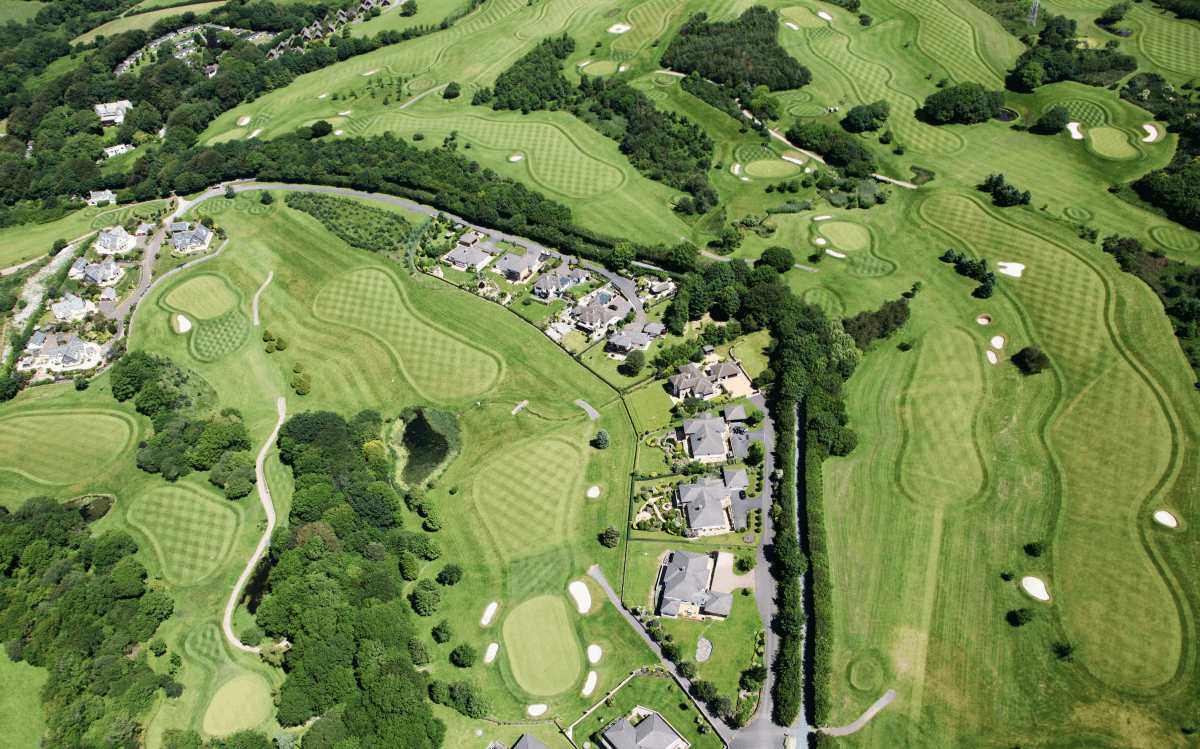Landscapers - Questions
Landscapers - Questions
Blog Article
Things about Landscapers
Table of Contents3 Easy Facts About Landscapers DescribedLandscapers Can Be Fun For AnyoneThe Landscapers IdeasHow Landscapers can Save You Time, Stress, and Money.The smart Trick of Landscapers That Nobody is DiscussingLandscapers Things To Know Before You Buy
- A garden feature where water is represented by an aggregate stone product, typically a crushed rock or granite.- A stone or flagstone patio, course, or walkway constructed without a concrete base.- A rock preserving or cost-free standing wall surface developed without the use of mortar. - An underground structure that accumulate water and permits it to slow down percolate into the soil around it.
Landscape layout that is compatible with a sites' setting in both appearance and sustainability without negative influences to the atmosphere. Edging in the landscape is a line of separation that produces aesthetic rate of interest in the garden by dividing one section from an additional section.
Areas can additionally have a feeling of "enclosure" supplied by trees, various other plantings, fencings, or screens. The landscape near the access to a building. A tree, shrub or creeping plant, trained to expand on a wall or fencing into a specific pattern. Specifically helpful for fruit trees, making it very easy to gather the fruit and containing mess.
Landscapers Fundamentals Explained

The aspect in a landscape style or area in a landscape that is meant to be most prominent. The focal factor can be a plant, rock, sculpture, gathering space, or various other landscape attribute.

Landscapers for Dummies
Reduced plants that are allowed or encouraged to spread over an area. Can refer to any type of "tough" yard components including statuary or boulders but many frequently is made use of to refer to courses, patio areas, and walls - Landscapers.: Elevation distinction in between the degree of water in a fish pond (or the degree of the pump if it rests outside the fish pond) and the top electrical outlet of water which influences efficiency of the water pump in gph (gallons per hour).
A chemical used to control weeds. Fence boards that run horizontally, commonly made use of in modern or Japanese-inspired landscape layouts. Lines that define spaces within a landscape concept. These commonly expand from corners or crucial attributes of an existing framework. Correct usage of fictional lines can aid the landscape really feel linked to the home and other aspects.
A more unwinded garden controlled by rounded instead of straight bed lines and a less inflexible framework. Conventional PNW landscapes are informal. A plant that spreads out even more than preferred, or into environments where it does damage. Portland has a checklist of invasive plants that must not be set up in landscapes because they can infect woodlands or rivers and be tough to control.
Landscapers for Dummies
Can include head placements and insurance coverage, pipeline sizing, GPM specs, and materials needed to install this system. Accredited specialist that designs landscapes, coached in design and style as well as in cultivation.
Landscape developers commonly have much less education than Landscape Architects and are not accredited. A finished landscape style, outlining all aspects for the brand-new landscape.
Calcium product utilized to increase the pH in dirt, which will make it much less hospitable to moss (Landscapers). A water limited HDPE material utilized underneath ponds, streams and waterfalls in water attributes. Utilizing numerous plantings of the very same range to fill up in an area in the landscape. This can decrease maintenance and water use in the useful reference yard.
A mix of cement, sand, and water that is used in rock masonry for establishing stones and joints. A layer of garden compost or bark dust applied at the base of a plant. A mass growing of moss. A plant that existed in a geographical location prior to people began altering the landscape.
The Single Strategy To Use For Landscapers
Just how the yard or a garden aspect is prepared in connection to an existing or new attribute or to an instructions. Preserving a yard without using chemical herbicides, chemicals, or plant foods. Turfs that are not mowed yet grown in landscapes as perennials. This is a partly open sided leisure or recreation area that adjoins a residence, utilized for enjoyable, outdoor dining and just appreciating the exterior environment.

Plants that provide seasonal passion and then pass away back in the wintertime. Cold season grass click this link that is the most usual turf lawn in Rose city, OR and the rest of the PNW.An open roofed framework over an outdoor patio or other landscape attribute.
Basalt accumulated ranging in dimension from 1/4" down to dirt. The most usual landscape gravel in the PNW. Area of the landscape created to deal with rainfall water until it can saturate into the ground. A chain that regulates water as it travels from a roof covering rain gutter to the ground. Yard structure that develops a planting location that is contained and greater than the bordering grade.
Creating a garden function being composed primarily of stones with plantings that match and can grow in the rocky environment. Lawn sprinkler head style that rotates a stream of water across an area.
How Landscapers can Save You Time, Stress, and Money.

Report this page